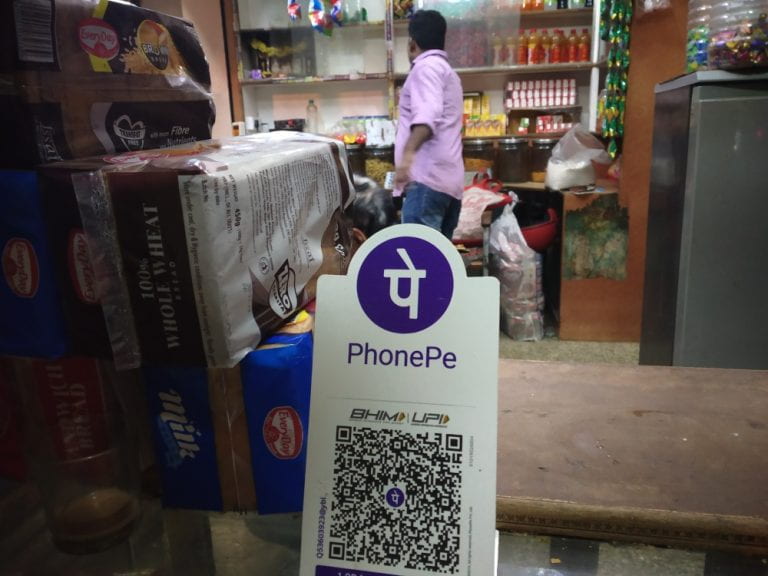My experience working at Kiwibank showed me many different points of tension for the general public, when it comes to digital public infrastructure. People get upset because of the difficulties with privatisation of the financial industry, and the different banks who often try to make it a living nightmare to try and work in harmony together. But others find conflict in the central government requirements for identification and privacy compliances. It seems to be a classic case of banks and the government not being able to please everyone.
One of our last visits was at the G20 headquarters in Delhi. India are hosting the G20 this year and we were privileged to meet with Amitabh Kant, India’s most prolific civil servant who is responsible for organising the year-long event in its entirety. Kant is the man responsible for setting up India’s Digital Public Infrastructure – a centralised means of identification and online transactions, designed to increase accessibility and improve social services.

One fascinating aspect of this was their digital payment system. The Government created UPI, standing for Unified Payments Interface. This tool uses the central digital identities that can be created by an individual, and allows instant bank transfers into any account. The central tool acts as the foundation for an online transaction and payment system that other private companies can build on top in order to gain profit and customers.
What does this look like in public? A QR code. Each person, market stall, store and enterprise can create their own QR code that can be scanned and have money transferred straight into the vendor’s account. And I’ll be frank, the QR codes are absolutely everywhere! It’s the number one method of payment in the country. The majority of the public no longer have any need for debit or credit cards, and cash is on the decline as part of the government’s plan to have a completely digital currency. The statistics are incredibly impressive. Access to social services and methods of vending have increased dramatically, as the platform is completely free. Over 450 million welfare payments were able to be processed directly to an individual, without any worry of money getting lost in the mail, or corruption taking place as the payment journeys across the country. The number of welfare payments have increased over 50x in the past 6-7 years. It is a staggering statistic for such a large and unpredictable country.

I was both in shock and awe as the presentation on India’s digital public infrastructure continued. A completely centralised system, with means for privatisation to occur on top of the bedrock of public infrastructure that had been created. Confidential information not being stored by government or being sold to third parties. It seemed as though India had a golden ticket and was willing to give it to anyone that asked.
But, as we soon learned, even technology like this was subject to incredibly large scrutiny. The government had been taken all the way to India’s Supreme Court, over fears the data collected would be exploited. While they eventually won and were not asked to shut down their infrastructure, it took an incredibly long time before the technology was widespread and accepted by a large proportion of the general public.
I do wholeheartedly believe this infrastructure would benefit New Zealand. It would be phenomenal to so many people. But along with the argument that we simply do not face some of the issues that India faces, I believe it would be too hard to get the general public on board to even try. Widespread misinformation from the Covid-19 pandemic, particularly information surrounding the Covid-19 contact tracing app, vaccines, and the role the government was playing with emergency powers to combat the virus, would mean a legal battle that would take the best part of a decade. For technology that would only be seen to make most peoples’ lives slightly easier, I doubt we will see this implemented anytime soon.